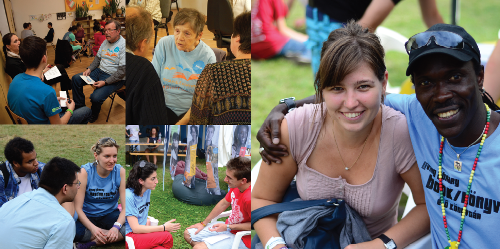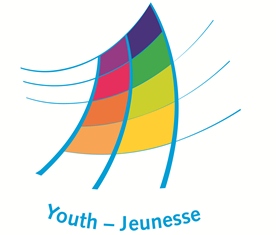Living Library

 History
History
The first-ever Living Library (Menneske Biblioteket in Danish) was organized in Denmark in 2000 at the Roskilde Festival. The original idea had been developed by a Danish Youth NGO called ‘Stop the Violence’ (Foreningen Stop Volden) as part of the activities they offered to festival goers.
The Living Library became part of the Council of Europe’s programme in 2003 and the driving force behind its inclusion was the realisation that human rights cannot be defended and promoted by legal texts alone. There is – today more than ever in the recent past – a need to raise awareness of the wider public of the importance of human rights to the fabric of our democracies and the responsibility of the individual citizen in realizing abstract human rights in his or her everyday interactions.
 Present & Future
Present & Future
As it has spread around the world, the Living Library concept has continued to respond to localised contexts while maintaining the original aim: to challenge stereotypes, stigma, prejudice and discrimination. Thanks to its simplicity and its flexibility, the concept continues to spread and at the time of writing has been successfully implemented in over 60 countries worldwide.
In 2011, the European Youth Centre Budapest launched a pilot project: bringing the Living Library into schools across Hungary.
Since its inception, the Living Library School Project has continued and grown, and has now visited over 40 schools and reached well over 1000 students.



